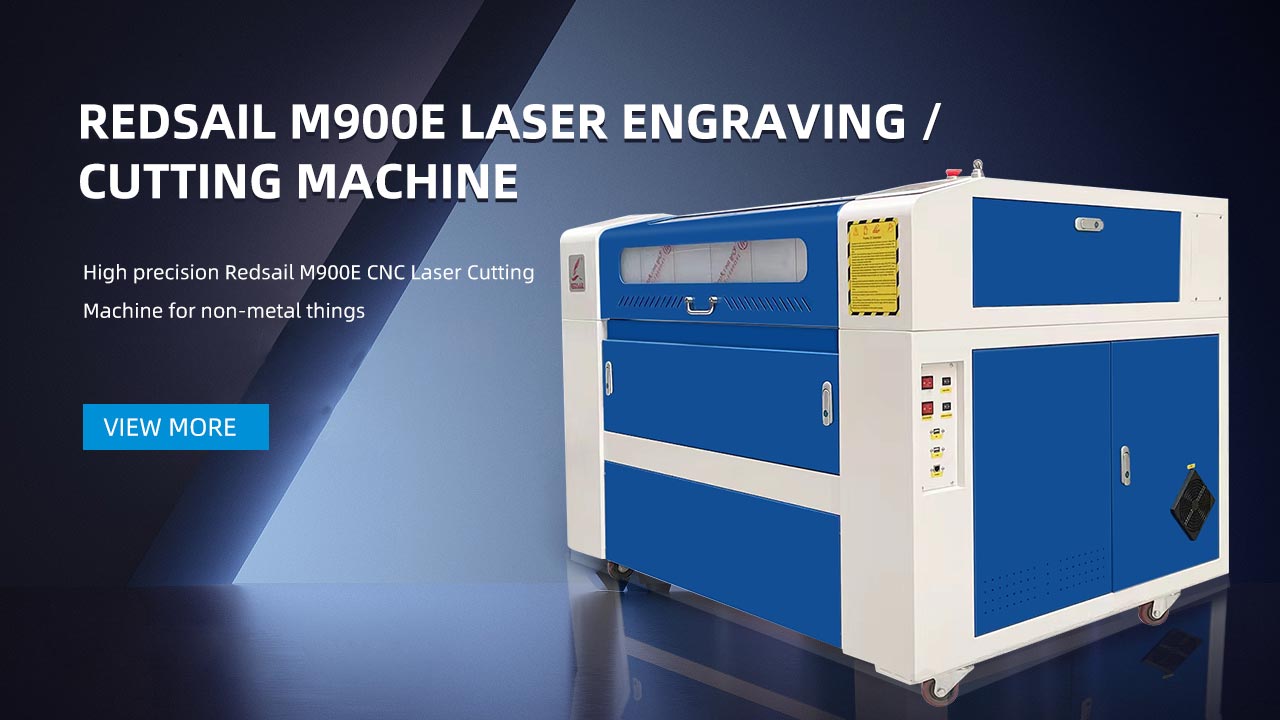Can a Laser Cut Wooden Gear Clock Revolutionize Timekeeping?
Introduction
Timekeeping has undergone several transformations throughout history. From ancient sundials to mechanical clocks, inventions have consistently improved and refined the way we measure time. In recent times, laser cutting technology has emerged as a powerful tool for precision crafting, leading to innovative engineering projects, including wooden gear clocks. This article explores the potential revolution that laser-cut wooden gear clocks can bring to timekeeping.
The Fascination with Wooden Gear Clocks
Wooden gear clocks have always fascinated craftspeople and timepiece enthusiasts due to their intricate designs and the marriage of engineering and aesthetics. Traditional clocks feature brass gears, but laser-cut wooden gear clocks are gaining popularity for their elegance and unique charm. By using laser cutting technology, intricate wooden gears can be precisely cut and assembled to create functional clocks with mechanical precision.
Advantages of Laser-Cutting in Clockmaking
Laser cutting has several advantages over traditional methods when it comes to manufacturing clocks:
Precision and Accuracy
Laser cutting allows for precise and accurate cuts, resulting in gears that mesh smoothly and accurately, improving the accuracy of the clock.
Customization and Creativity
With laser cutting, clockmakers can unleash their creativity by designing unique gears. The versatility of laser cutting machines enables clockmakers to experiment with various shapes, patterns, and sizes, allowing for customization like never before.
Time Efficiency
Laser cutting significantly reduces the time required for gear production. Intricate designs that once took hours can now be created in a matter of minutes, accelerating the clock production process.
Reduced Error Margin
By relying on computer-aided designs (CAD) and computer numerical control (CNC), laser cutting minimizes human error and ensures consistent gear quality.
Challenges and Limitations
While laser-cut wooden gear clocks offer numerous advantages, there are a few challenges and limitations to consider:
Material Selection
Choosing the correct type of wood is critical for the success of a laser-cut wooden gear clock. The wood needs to be strong enough to handle the precise cuts and withstand the wear and tear of clock movement.
Design Complexity
The more complex the design, the higher the risk of errors during assembly. Careful planning, precise measurements, and attention to detail are essential to ensure the clock’s functionality.
Cost
Laser cutting machines can be expensive, especially those capable of cutting through thick wood. This cost consideration might restrict the accessibility of laser-cut wooden gear clocks to a niche market.
Revolutionizing Timekeeping
Although laser-cut wooden gear clocks have not completely overtaken traditional clocks, they have the potential to revolutionize timekeeping in several ways:
Artistic Appeal
Laser-cut wooden gear clocks are not just timekeeping devices; they are works of art. The intricate designs and elegant wooden gears add a touch of sophistication to any space.
Sustainability
Wood is a renewable resource, making wooden gear clocks more environmentally friendly compared to clocks made from metals and plastic. Laser cutting further reduces waste by maximizing the use of wood and minimizing errors in production.
DIY Clockmaking
With user-friendly laser cutting machines becoming more accessible, individuals interested in clockmaking can now embark on their DIY projects. This newfound accessibility fosters creativity and innovation in timekeeping.
FAQs
Q: Are laser-cut wooden gear clocks accurate?
A: Yes, laser-cut wooden gear clocks can be very accurate. The precision of laser cutting technology ensures the gears mesh smoothly, resulting in highly accurate timekeeping.
Q: Can wooden gear clocks be repaired easily?
A: Yes, wooden gear clocks are relatively easy to repair. Individual gear replacement is typically straightforward, provided spare parts are available. However, for intricate repairs, it is advisable to seek assistance from an experienced clockmaker.
Q: Can laser-cut wooden gear clocks be handed down as heirlooms?
A: Absolutely! The artistic appeal and craftsmanship of laser-cut wooden gear clocks make them excellent candidates for heirlooms. With proper maintenance, these clocks can be cherished for generations.
Q: Are laser-cut wooden gear clocks loud?
A: No, laser-cut wooden gear clocks are generally much quieter than traditional brass gear clocks. The wooden gear system absorbs vibrations, resulting in a peaceful and soothing tick-tock sound.
Q: How long do laser-cut wooden gear clocks last?
A: With proper care and maintenance, laser-cut wooden gear clocks can last for decades. Regular lubrication and cleaning are recommended to ensure smooth operation.
Conclusion
Laser-cut wooden gear clocks offer a unique blend of precision engineering and artistic design. While they may not fully replace traditional timekeeping devices, they have the potential to revolutionize timekeeping by providing customizable, eco-friendly, and accessible alternatives. As laser cutting technology continues to evolve, it is exciting to anticipate the future innovations and possibilities it will bring to the world of timekeeping.





